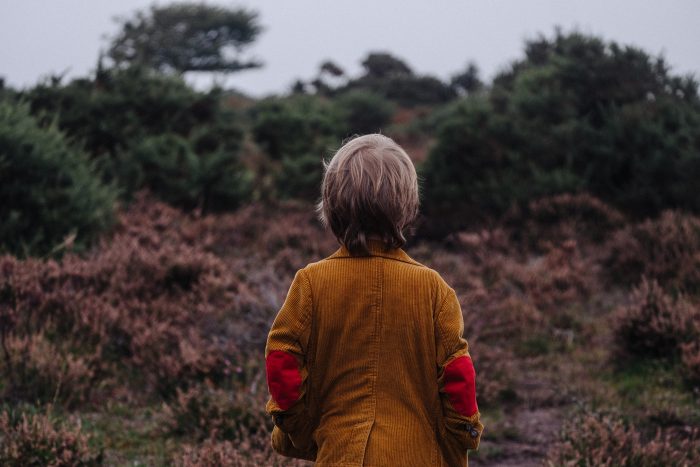Yoga is not just a form of exercise or something you “do” a few times a week—it’s a lifestyle; a way of waking yourself up to your patterns and looking at them with love.
I go through phases in my life when my practice is close to me, when it’s right there versus in the background. This is especially true when life presents a challenge. When it does, old lessons enter, often overwhelming and exhausting me.
Lessons like, “When the student is ready the teacher appears,” or, “Everyone is your teacher.”
My most recent challenge presented itself in the form of a six-year-old boy.
John is a kindergartner at the elementary school where I work. Up until the ninth week of school, John was just another kid in the morning session. Then, seemingly for no reason, he started becoming destructive, pulling bins off the shelves, scattering legos, or scissors, or crayons all over the floor. He drew on the walls. He threw pencils and began to be aggressive toward students and teachers—myself included. I was asked to shadow him, to monitor behaviors to help develop a plan along with his teacher, our guidance counselor, and principal.
Suffering in life is inevitable but if we are patient and aware, we will find it often holds a lesson.
One of Buddhism’s Four Noble Truths is that suffering is a part of life. When we can accept that, we don’t try to run from it or push it away. We relax into it, accept it, feel it, learn from it.
I recently saw a powerful illustration of two ways of looking at this. In one frame, a man is carrying a large dark cloud on his back saying, “Why is this sh*t the bane of my existence?” In the second frame, the same man is holding the same black cloud in front of him, almost cradling it, saying, “What is this sh*t trying to teach me?”
Monitoring a child with behavior and emotional issues is difficult. Difficult not because I get kicked or have things thrown at me, but because ultimately I’m helpless. I’m angry because of my helplessness—angry at him, at myself, at the system within which we are forced to operate. And mostly, my heart breaks for this boy. What is happening with him that could cause such angst? Where is the love?
It is in times like these that we need to pay attention to “the second arrow”—what we tell ourselves about the initial pain; the stories we create around it. Often, the second arrow is more painful than the first.
Tara Brach explains the metaphor this way:
“If we look at the way we move through the day, when something happens, when we have pain in our body, when somebody treats us in a way that feels disrespectful, when something goes wrong for someone we love, that’s the first arrow. Our mind and body go into a reactivity that does not help to bring healing. We blame others, we blame ourselves. That’s the second arrow.”
The trick here is recognizing the second arrow and how it’s causing pain. For me it was the inner voices: I’m not helping him. I’m not good with kids. I’m not patient enough. This isn’t fair. I shouldn’t be angry. Why do I have to deal with this sh*t, anyway, and so on. In being present with all of the experience and witnessing what’s going on, I could respond to the situation as an observer watching my thoughts, instead of as a victim.
When we do examine what’s happening, we can practice nonattachment. We can work to let go of what isn’t serving us, and recognize the second arrow. It’s not easy to do, it’s exhausting, truthfully. But awareness is always the first step.
Can I control John? No. Am I responsible for his behaviors? No. Can I control my reaction to him? Yes. Can I work at operating from a place of love? Absolutely.
Nothing ever goes away until it’s taught us what we need to know.
Life will always present challenges to us that may seem random and unfair. Our task is to work at cradling our challenges as best we can, instead of carrying them like a burden on our backs; to be aware of how we may be increasing our suffering by listening to the stories we tell ourselves; to begin to let go of what increases our suffering so that we can create space for love.
With practice we may find that like dirt swirling in a glass of water, if we stop stirring the water, the dirt will settle and our minds will be clearer, more aware, more open.
And we may even end up feeling a little more than grateful for our six-year-old teacher.












Read 1 comment and reply